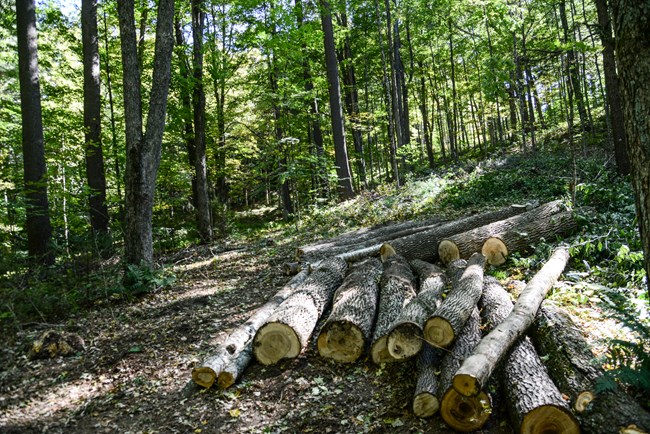
Tom Remp Vermont Forests: A HistoryBefore the arrival of Europeans to North America, it is estimated that 95% of Vermont was covered by forests. These forests would have been made up of a mix of hardwoods, like maples and beech, and softwoods like white pine and hemlock. By the late 1800s, as much as 80% of this forested land had been cleared by settlers. People used the wood for a number of products including homes, potash, fuel, railroad ties, and fences; but much of the area was simply cleared to make way for agriculture.In the 1800s sheep farming became a major industry in Vermont as textile mills in southern New England needed the wool. The sheep boom lasted many decades, reaching a peak of about 1.7 million sheep in the mid-1800s, until a reduction in tariffs and the expansion of ranching out west made Vermont wool less competitive with other products. Without a strong sheep industry farmers tried other ventures, both old and new, but the erosion and flooding that resulted from the lack of trees and groundcover made farming difficult, to the point where many families left the state to try their luck elsewhere, abandoning their farms. Since that time, Vermont's forests have made a comeback by overtaking many of the farms and pastures that had been deserted; today about 80% of Vermont is dominated by forested lands. In the park now, there is a patchwork of late successional mixed hardwood forests, fields, wetlands, and plantations. All these areas are closely monitored by the resource managers in the park; they not only observe water quality and forest health, but also ensure the park is safe and accessible to visitors. 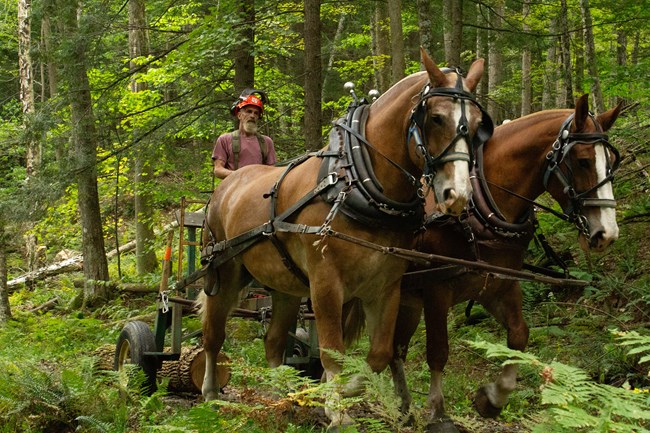
NPS Photo / Kyle Burton Tree PlantationsMarsh-Billings-Rockefeller National Historical Park holds the distinction of being the oldest professionally managed forest in the United States, and many of the forest stands throughout the park are still harvested for their wood. Frederick Billings, who bought this property in 1869, worked to replant Mount Tom after years of massive deforestation left the hills in this area devoid of trees. Billings would plant many different species on his property, but his signature tree was the Norway spruce. In 2006, the National Park planted a new Norway spruce plantation near the mansion to continue the legacy that Frederick Billings and his family started. Today, plantations of Eastern white pine, Scotch pine, Red pine, European larch, and Norway spruce can be found on the property. 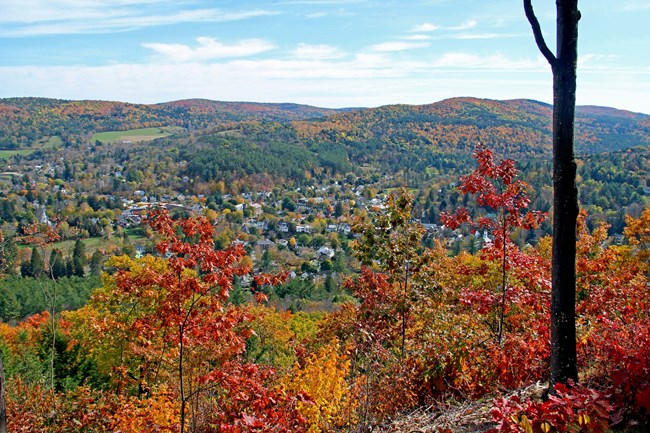
NPS Photo Ongoing Forest ManagementMarsh-Billings-Rockefeller National Historical Park includes 550 acres of managed woodlands on the slopes of Mount Tom, and just as the replanting and management of the forest was a labor of love for Frederick Billings, the continued management of the land is an important part of the park's mission.Today, the woods that cover Mount Tom stand as both a model of scientific forestry practices and a beloved public resource. The National Park Service provides stewardship of the land, emulating the property's earlier owners and utilizing current best practices for forest stewardship activities. The trails and carriage roads, originally built by Billings on the mountain in the nineteenth century to encourage the public to view his managed forest, have welcomed visitors to Woodstock and members of the local community ever since. The deed of gift by which the National Park Service took on the property prohibits camping, campfires, mountain biking, snowmobiling and motorized vehicles. Continued responsible stewardship of the park's forestlands will ensure that they will remain intact for subsequent generations to observe. In this woodland landscape, ecologists of the future may discover the same inspiration that George Perkins Marsh found as a child, a connection between human action and the health of the natural world. 
Natural Resource Monitoring
The Northeast Temperate Inventory & Monitoring Network posts annual reports on forest health, air quality, and more. 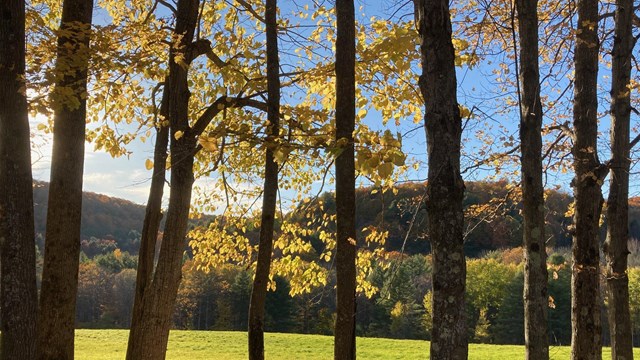
Forest Health Monitoring Insights
The Northeast Temperate Network has been monitoring the park's forest health since 2006. Read their summary of forest health from 2018. 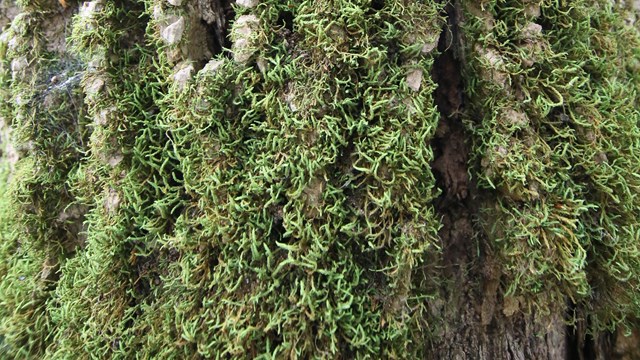
Species Spotlight - White Ash
White ash is treasured by the wood-workers and creatures of the forest alike. Learn more about this important species. |
Last updated: November 2, 2023
